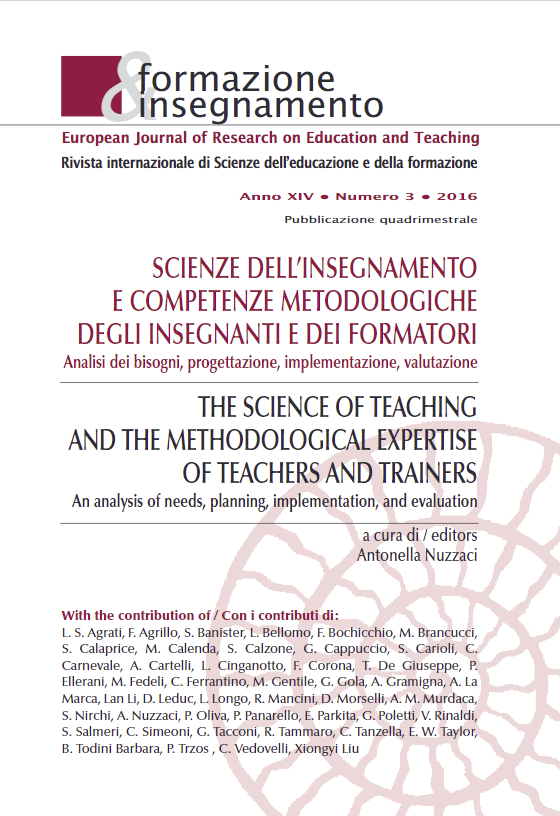Le frontiere della scuola negli istituti penali minorili italiani
Résumé
La scuola è l’agenzia educativa formale più radicata nel tessuto sociale. Ciò comporta che, per stare al passo dei rapidi cambiamenti sociali, essa si adatti mutevolmente, riperimetrando le proprie frontiere operative. Cosa accade alla scuola, invece, quando è collocata in frontiera all’interno di istituzioni talvolta resistenti al cambiamento, quali gli istituti penali minorili? Corpi normativi
nazionali (Costituzione italiana, 1948; Ordinamento Penitenziario, 1975) ed organizzazioni internazionali (Convenzione ONU sui diritti di infanzia e adolescenza, 1989), riconoscono il diritto dei minori all’istruzione, e la sua insopprimibilità o riduzione anche nei contesti di privazione della libertà individuale. Come si traducono questi orientamenti generali nella pratica progettuale e operativa del fare scuola nei penitenziari minorili italiani? Quanto è in grado la scuola, in sinergia con la Giustizia Minorile, di rispondere concretamente e non astrattamente ai reali bisogni dei giovani detenuti? Mediante un’analisi ermeneutica dei dati resi disponibili da fonti ministeriali e recenti ricerche (Rapporto MIUR-ISFOL, 2014; Terzo Rapporto di ANTIGONE, 2015), questo saggio pone l’accento su contraddizioni e discrepanze tra il pensare scuola e il fare scuola negli istituti penali minorili italiani, e mira a immaginare come applicare strategie o azioni correttive, idonee a contribuire allo sviluppo sia della crescita culturale e educativa che all’emancipazione dei giovani detenuti.
Téléchargements
Publié-e
Comment citer
Numéro
Rubrique
Licence
Formazione & insegnamento est distribué sous licence Attribution 4.0 International (CC BY 4.0).
Pour plus de détails, veuillez vous référer à notre Politique de dépôt et d’archivage ainsi qu’à nos Conditions de droits d’auteur et de licences.





